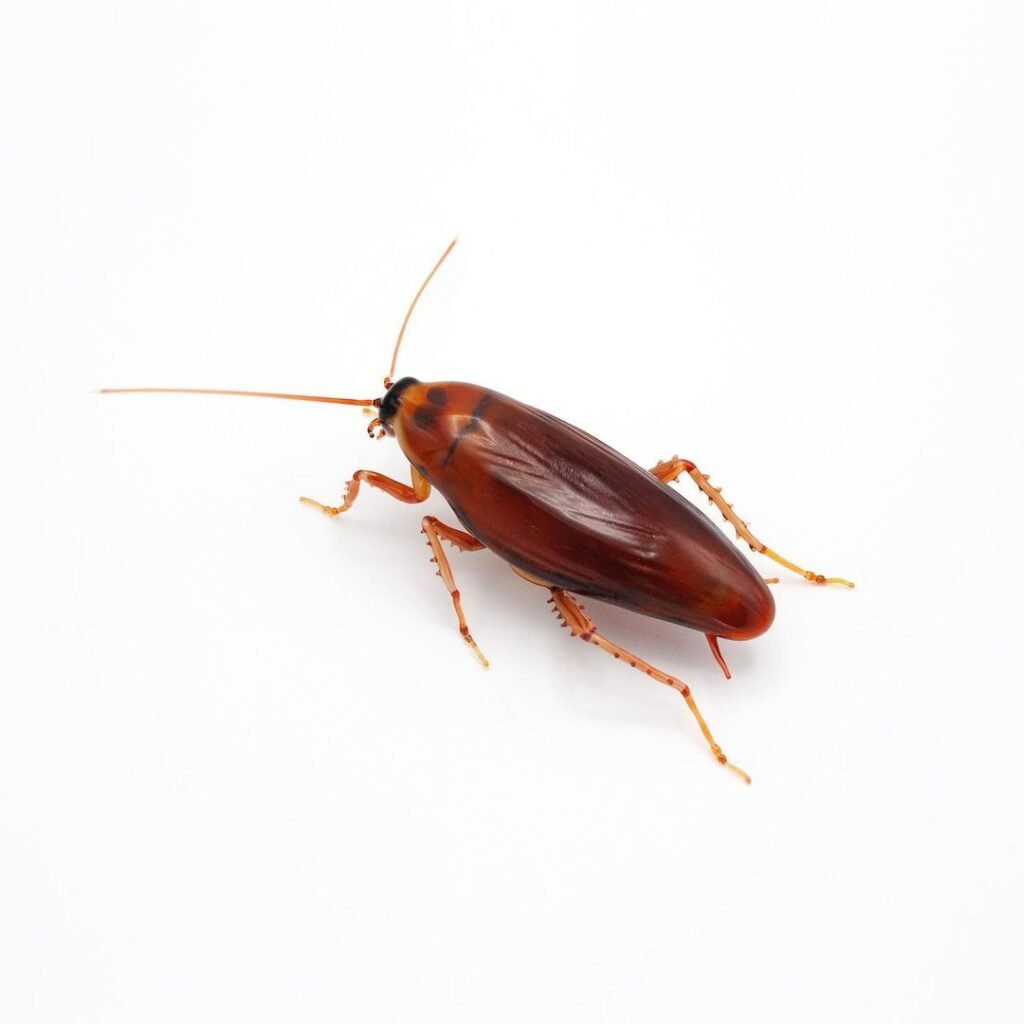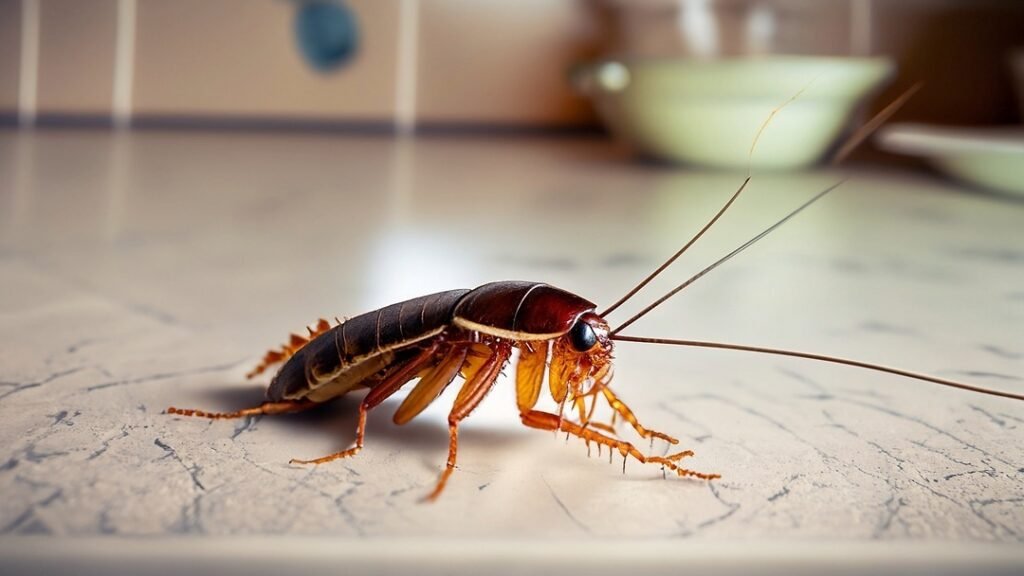Unsure if you’re dealing with a Palmetto bug or Cockroach? Learn the key differences between these pests and get effective tips on how to get rid of them in your home.
Have you ever seen a large, brown insect scurrying across your floor and wondered if it was a palmetto bug or cockroach ? While these two pests may look similar, there are some key differences between them. Understanding what you’re dealing with is crucial for choosing the right extermination methods and protecting your home.
In this article, we’ll explore the distinctions between palmetto bugs and cockroaches, and provide you with practical strategies to eliminate these unwanted guests.
What is a Palmetto Bug?

A palmetto bug, also known as a American cockroach or water bug, is a type of cockroach that is commonly found in the southeastern United States. These insects are large, growing up to 2 inches long, and have a reddish-brown color with lighter markings on their wings.
Palmetto bugs prefer warm, humid environments and are often found in wooded areas, gardens, and near sources of water. They can inadvertently make their way into homes through cracks, crevices, or open doors and windows.
What is a Cockroach?

Cockroaches are a type of insect that belong to the order Blattodea. They are known for their flat, oval-shaped bodies, long antennae, and ability to survive in harsh environments.
There are several species of cockroaches, including the German cockroach, American cockroach (palmetto bug), Oriental cockroach, and brown-banded cockroach. These pests are commonly found in homes, restaurants, and other buildings, where they can contaminate food and spread diseases.
Differences Between Palmetto Bugs and Cockroaches
While palmetto bugs are a type of cockroach, there are some distinct differences between them and other cockroach species:
Size: Palmetto bugs are generally larger than most other cockroach species, with some reaching up to 2 inches in length.
Color: Palmetto bugs have a distinct reddish-brown color, while other cockroaches may be lighter brown or black.
Habitat: Palmetto bugs prefer outdoor environments and only enter homes by accident, while other cockroaches are more adaptable to living indoors.
Flight: Palmetto bugs are capable of flying, while most other cockroach species cannot fly or have limited flying abilities.
How to Identify a Palmetto Bug or Cockroach Infestation
If you suspect you have a palmetto bug or cockroach problem in your home, there are a few signs to look out for:
Sightings: Seeing live insects scurrying around, especially at night, is a clear indication of an infestation.
Droppings: Cockroach droppings look like small, cylindrical pellets and are often found in areas where they congregate, such as behind appliances or in cabinets.
Egg cases: Cockroaches lay their eggs in small, brown cases that resemble small seeds or beads. Odor: Large infestations can produce a musty, unpleasant odor.
How to Get Rid of Palmetto Bugs and Cockroaches
Once you’ve identified whether you’re dealing with palmetto bugs or other cockroach species, it’s time to take action. Here are some effective methods for eliminating these pests:
- Seal Entry Points Cockroaches and palmetto bugs can enter your home through cracks, gaps, and openings. Start by sealing any potential entry points with caulk, steel wool, or other suitable materials. Pay special attention to areas around pipes, windows, and doors.
- Remove Food and Water Sources Cockroaches and palmetto bugs are attracted to food and water sources. Keep your kitchen and dining areas clean by wiping up spills, storing food in airtight containers, and taking out the trash regularly. Fix any leaks or moisture problems, as these pests thrive in damp environments.
- Use Bait Traps Bait traps are an effective way to control cockroach and palmetto bug populations. These traps contain a slow-acting insecticide mixed with an attractive bait. The pests consume the bait and carry it back to their nesting areas, where it can eliminate the entire colony.
- Apply Insecticide Sprays or Dusts For more severe infestations, insecticide sprays or dusts may be necessary. Look for products containing active ingredients like boric acid, pyriproxyfen, or hydramethylnon. These insecticides can be applied in areas where cockroaches and palmetto bugs are active, such as behind appliances, in cabinets, and along baseboards.
- Hire a Professional Exterminator If you’re dealing with a severe or persistent infestation, it may be best to hire a professional exterminator. Exterminators have access to stronger pesticides and can develop a comprehensive treatment plan tailored to your specific situation.
Prevention Tips
Once you’ve successfully eliminated the palmetto bugs or cockroaches from your home, it’s important to take preventive measures to avoid future infestations:
Keep your home clean and clutter-free, as cockroaches and palmetto bugs thrive in cluttered environments. Regularly inspect for signs of infestation and address any potential entry points or food sources. Seal any cracks or gaps in your home’s exterior with caulk or other suitable materials. Store food in airtight containers and dispose of garbage regularly. Repair any leaks or moisture problems, as these pests are attracted to damp environments.
By understanding the differences between palmetto bugs and cockroaches, and implementing effective extermination and prevention strategies, you can reclaim your home and enjoy a pest-free living space.